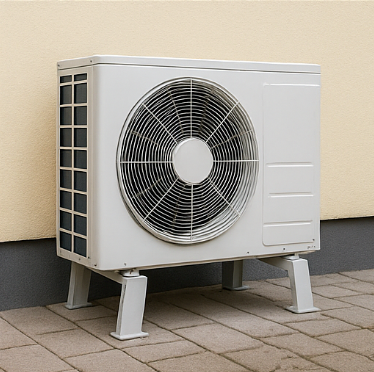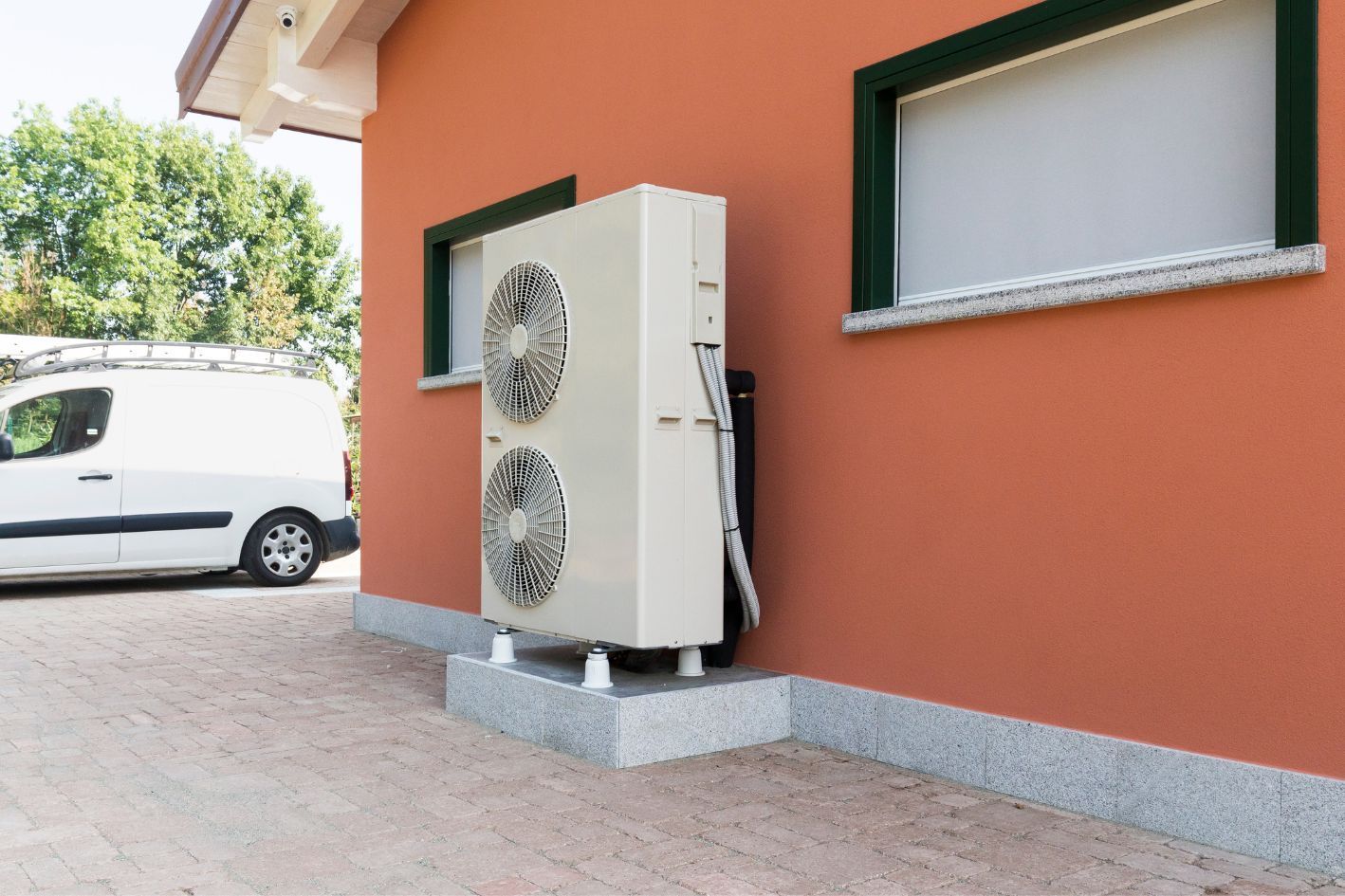Building Your Energy-Efficient Home with Air Source Heat Pump Technology
Creating an energy-efficient home starts with thoughtful planning. When incorporating an air source heat pump into your design, consider how the entire house can work as a system. Start with proper insulation—well-insulated walls, attics, and foundations minimise heat loss during winter and heat gain during summer. This allows your heat pump to operate at peak efficiency, using less energy to maintain comfortable temperatures.
High-quality windows with double or triple glazing complement your heat pump system by reducing thermal transfer. Position larger windows on south-facing walls to capture natural solar heat in winter while using appropriate shading to block excessive summer sun.
Optimising Your Heat Pump Installation
The location of your
air source heat pump has a significant impact on its performance. Install the outdoor unit in a space with good airflow, away from debris and protected from harsh weather when possible. The indoor components should be centrally located to ensure an even distribution of heated or cooled air throughout your home.
Consider zoning your heating system to direct conditioned air where it’s needed most. This targeted approach reduces wasted energy, increases comfort, and extends the lifespan of your equipment.
Complementary Technologies
Pair your
heat pump with other efficient technologies for maximum benefit.
Smart thermostats can optimise operating schedules, learning your habits to maintain comfort while minimising energy consumption. Ceiling fans help distribute warm air in winter and create cooling breezes in summer, reducing the workload on your system.
Energy recovery ventilators work in tandem with your heat pump to maintain excellent indoor air quality, sacrificing neither efficiency nor comfort. They exchange stale indoor air with fresh outdoor air while transferring heat to minimise energy loss.
Long-Term Benefits
The thoughtful integration of an air source heat pump into your home design offers substantial advantages. Beyond the immediate savings on utility bills, you’ll enjoy consistent comfort year-round. As energy costs rise, your efficient design will provide increasing financial benefits while reducing your environmental impact.
When designing your next home or renovating your current one, making your air source heat pump the centrepiece of your energy strategy is a decision that combines practical comfort with responsible resource use.












